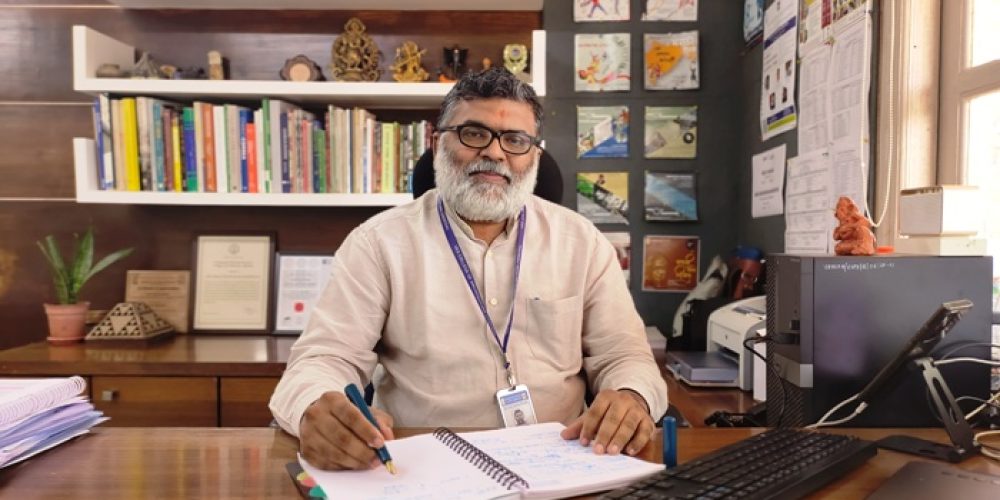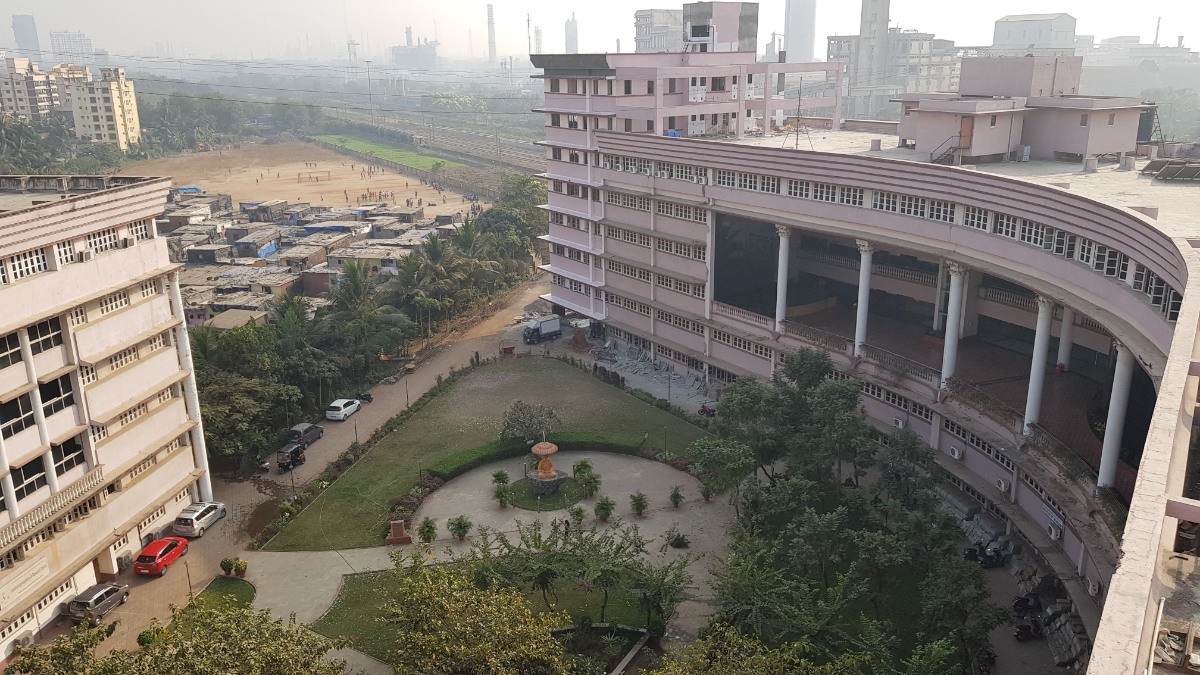As the world grapples with the pressing challenges posed by climate change, sustainability has emerged as an urgent priority across industries. Among the most critical sectors affected is architecture, where the goal of net zero buildings — structures that consume as much energy as they produce — has become a focal point.
Architectural education must now evolve to ensure that future professionals are equipped to design buildings that meet not only human needs but also environmental imperatives.
In this journey, innovative architectural education plays a pivotal role in equipping future architects with the knowledge and tools necessary to design buildings that are not only functional and aesthetically pleasing but also environmentally responsible.
The construction and operation of buildings account for nearly 40% of global carbon emissions, making architecture a key player in the battle against climate change.
Traditionally, architectural education has focused on balancing aesthetics, functionality, and structural stability. However, the current climate emergency demands that we rethink this balance to include sustainability as a primary consideration.
Moving forward
To achieve net zero, architects must adopt a comprehensive approach that incorporates sustainable design strategies, energy-efficient systems, and the use of renewable energy sources. Net zero buildings aim to balance the energy they consume by offsetting it with renewable sources like solar or wind energy.
Achieving this goal requires architects to not only focus on the construction phase but also consider the building’s entire lifecycle, including its energy use, water consumption, and waste management. This approach ensures that a building’s environmental footprint is minimised from inception to demolition.
Architectural education must adapt to train students in these holistic and long-term considerations.
As cities expand and the demand for infrastructure rises, architects will need to design with sustainability as their guiding principle. Traditional curricula in architecture schools must shift to prioritise the environment. This shift involves embedding sustainability at the core of architectural education, ensuring that students are equipped to address the environmental challenges posed by rapid urbanisation and global development.
A modern architecture education must include courses on sustainable materials, passive design, and renewable energy technologies. Passive design, for example, leverages natural resources like sunlight, wind, and shade to reduce a building’s energy consumption.
This principle is central to achieving net zero buildings and is now becoming a standard part of the architectural education curriculum.
Teaching students about renewable energy technologies — such as the integration of solar panels, wind turbines, and geothermal systems — allows them to design buildings that are self-sustaining and energy-efficient.
Building Information Modelling (BIM)
Technology plays an indispensable role in advancing sustainability goals. One of the most powerful tools available to architects today is Building Information Modelling (BIM).
BIM allows architects to create digital simulations of buildings that optimise construction processes and predict energy usage. By integrating BIM into architectural education, students can visualise and anticipate the environmental impact of their designs long before construction begins. This minimises waste and ensures that buildings meet strict energy efficiency standards.
Beyond BIM, smart building technologies are becoming increasingly common. These systems monitor and adjust energy usage in real-time, ensuring that buildings operate at peak efficiency while minimising their carbon footprint.
Architecture students must learn how to incorporate these smart systems into their designs, enabling buildings to adapt dynamically to changing conditions and reduce their energy consumption throughout their lifespans.
Achieving net zero buildings is not a task for architects alone. It requires collaboration between architects, engineers, policymakers, and educators. Architectural schools must foster interdisciplinary partnerships to prepare students for the complexities of sustainable development.
By working alongside professionals from various fields, future architects can create more comprehensive and effective solutions to the challenges posed by climate change.
Additionally, the concept of a circular economy must be embedded in architectural education. This approach emphasises designing buildings that can be easily reused, repurposed, or recycled at the end of their useful lives.
Educating architects on the importance of designing for disassembly and material reuse will lead to less waste and more sustainable building practices in the long run.
The journey from vision to reality in achieving net zero buildings requires a complete overhaul of how architecture is taught and practiced. By embracing sustainability as a core tenet of architectural education, future architects can lead the charge in designing buildings that balance human needs with the environmental challenges of our time.
(Dr Anand Achari is the Principal at Vivekanand Education College of Architecture, Mumbai. Views expressed are his own)


